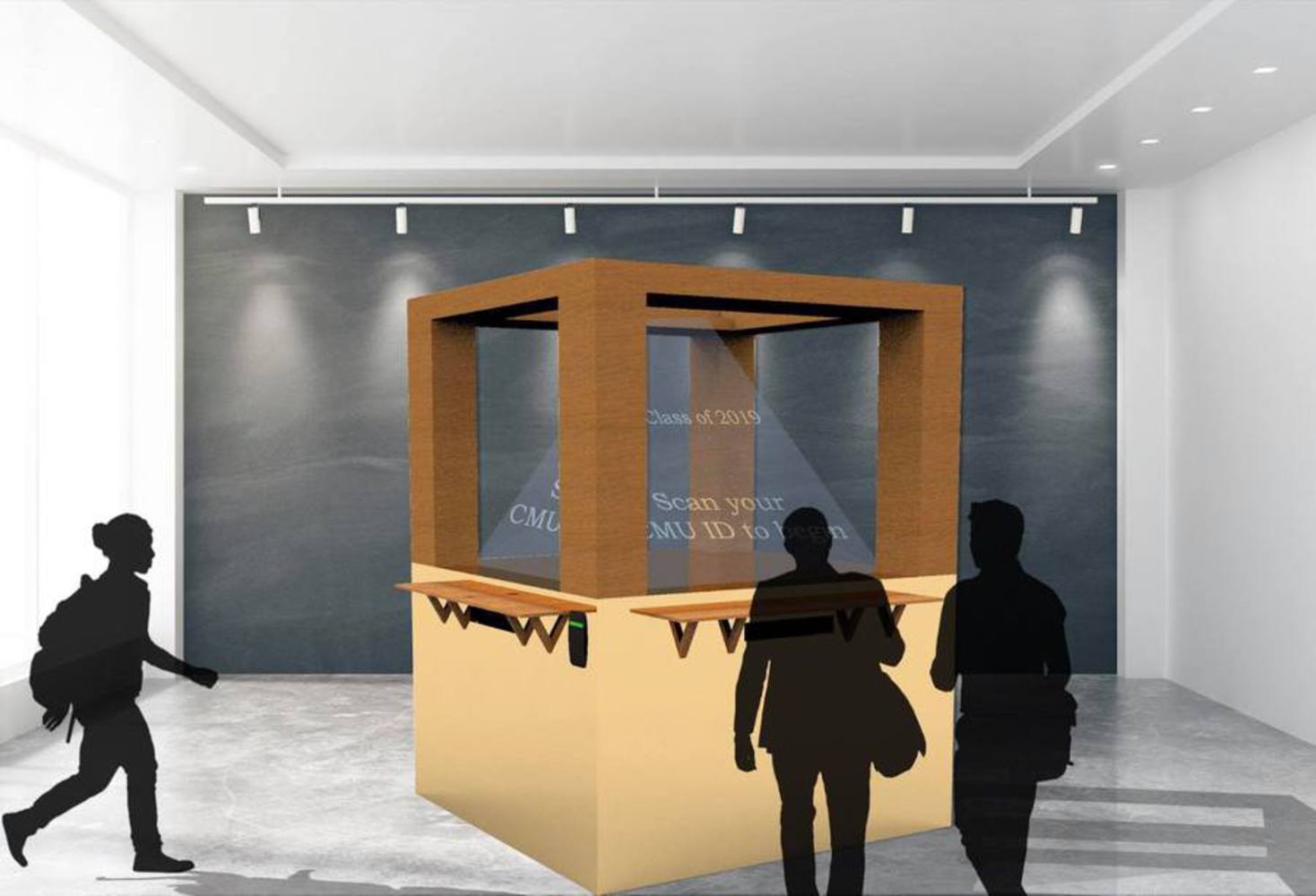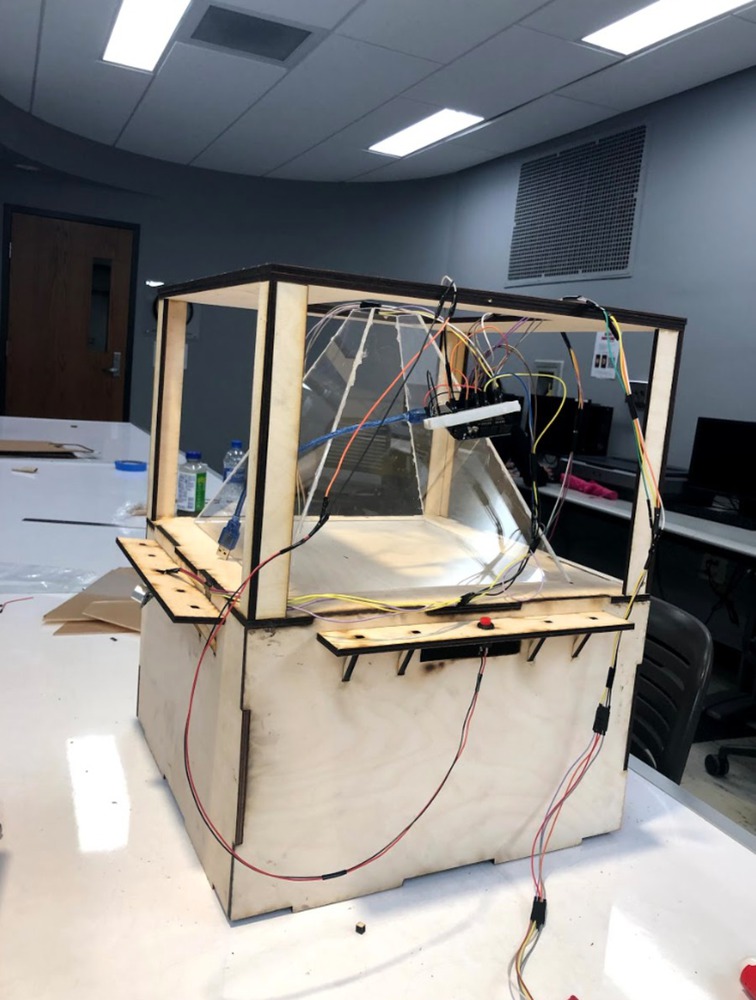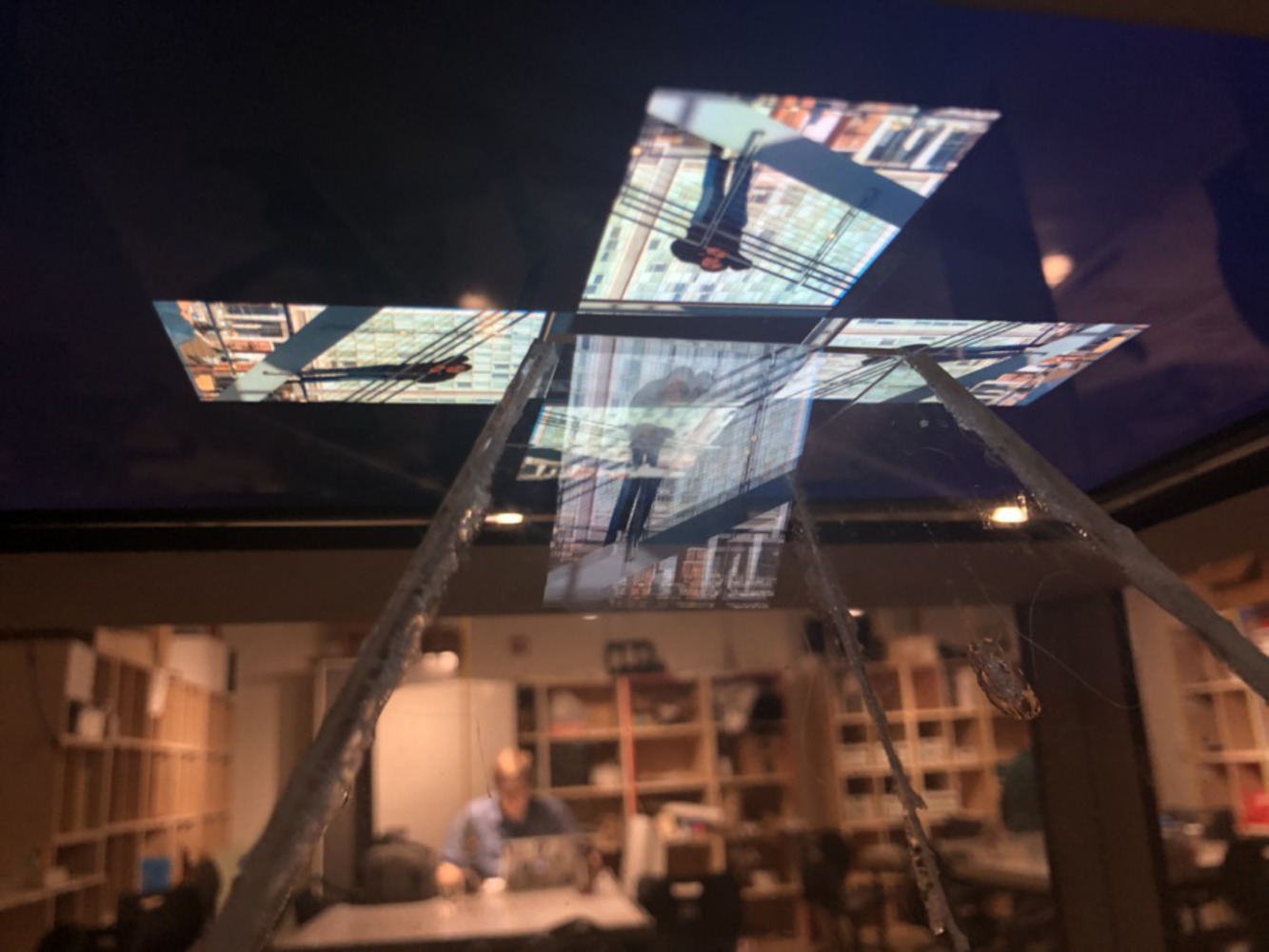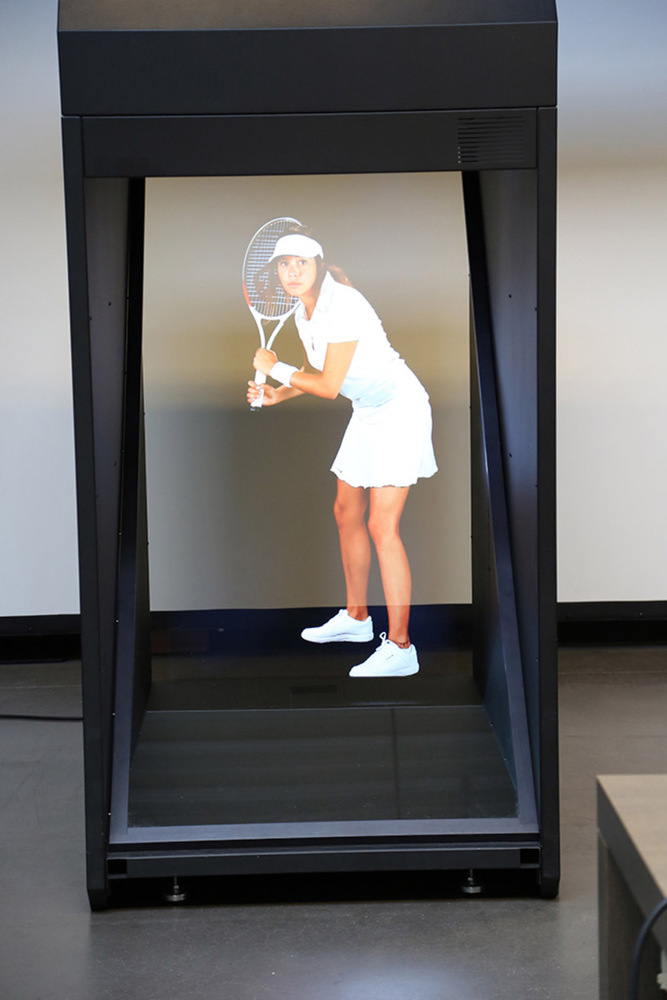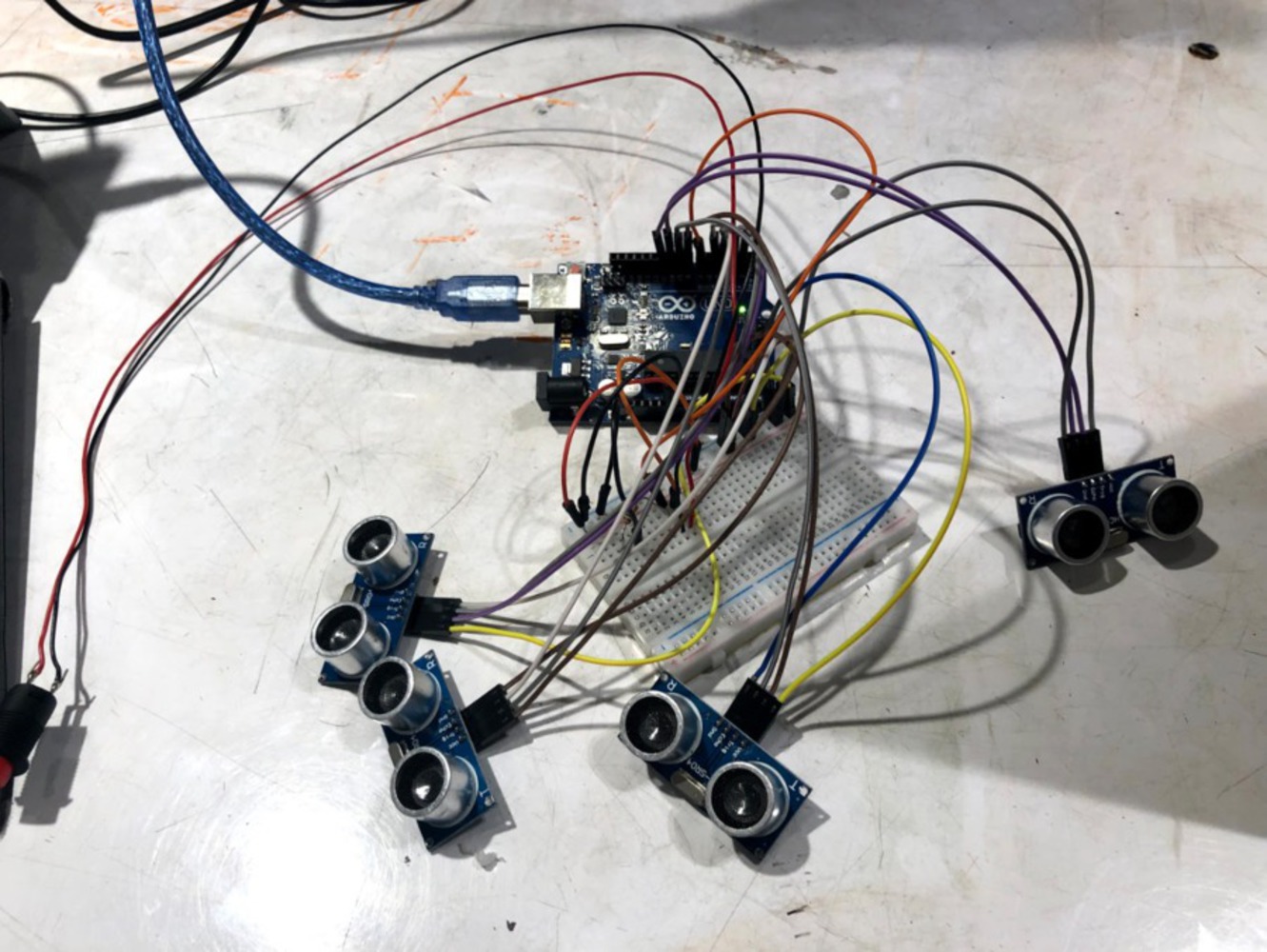Open Questions and Challenges
Prior to the building of our project, we pondered on the idea of how could future memorials become more personal to individuals visiting them? Often times when we walk by certain “traditional” (non-digital, historic, and old) memorials, we feel detached from the experience, event, or person being commemorated. Our project was an approach to considering a way in which individuals could more closely and meaningfully connect with a memorial. By allowing for the commemoration of one’s own personal moments in CMU and ‘past self’, the memorial is no longer a mere object with some foreign meaning; it strongly becomes an experience that one cannot help but engage in at a deeper, personal level.
However, due to the possibility of having their personal digital memories uploaded and become available to the public in the CMU Alumni online page, another question is raised: what if your digital data becomes part of the CMU institution? Generalizing this question to a larger scale, what would it mean to have your (digital) identity publicized by a larger institution or organization? Part of the beauty of and value in having an identity is that parts of it are only known or visible to a few people that are close to you; in some ways, having so much information about yourself available to the public seems to render it as less personal and lose part of its meaning. Although it has become more mainstream for people to share more personal stories publicly, such as struggles with mental disorders and sexual assault cases, could publicizing your four years worth of memories as a CMU undergraduate student hold the same meaning and purpose as sharing stories about personal struggles intended to inspire others and show them that they are not alone in their stressful endeavors?
A huge aspect of one’s digital curation process is the extent to which one is comfortable sharing more private aspects of their lives. But if students are aware of the possibility that their personal memories could become public, how does curation --the ability of or lack thereof-- affect how one would approach building their own digital CMU time capsule? For more reserved individuals, they may put a lot more thought into what they are comfortable sharing. Those who care a lot about how they are seen in media may find ways to tweak their digital files (images, videos, etc.) to an extent that might not be the most representative of their true selves at that time and then put those into their capsules. This memorial, therefore, poses the question of how truthful can the memories being memorialized actually be and how truthful are they actually? How, then, would this memorial differ from current social media platforms, such as Instagram, Facebook, and Twitter?
Moreover, how does the deleting feature of this memorial experience affect how one approaches the curation process? Knowing that they can delete whatever image they have later on might prompt people to use the app for the memorial almost as a sort of digital “dump,” whereby the curation process is almost essentially non-existent and no thought or reflection occurs. Because of how much information we are able to store digitally, we may sometimes take for granted what we have, as we can easily and quickly access it. As a result, we accumulate a lot of unnecessary digital files that no longer hold any valuable meaning to us or no longer serve their purpose. It is therefore relevant now and in the future to think more critically about how having so much data that is readily accessible can affect your decisions to keep and memorialize a certain experience stored digitally.
